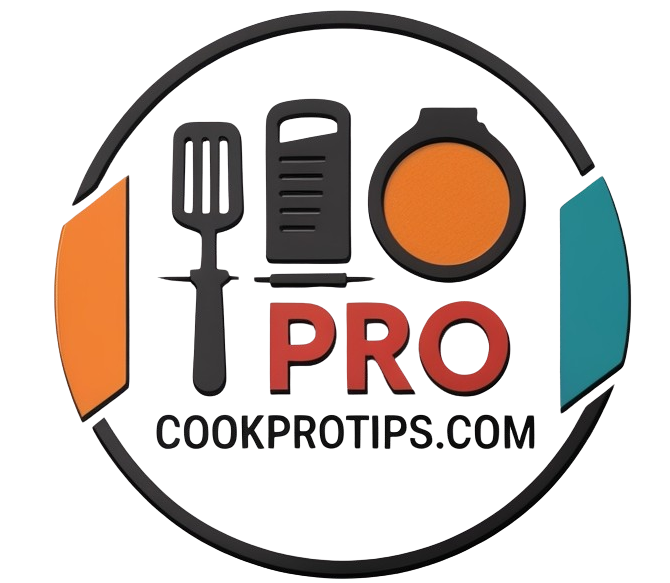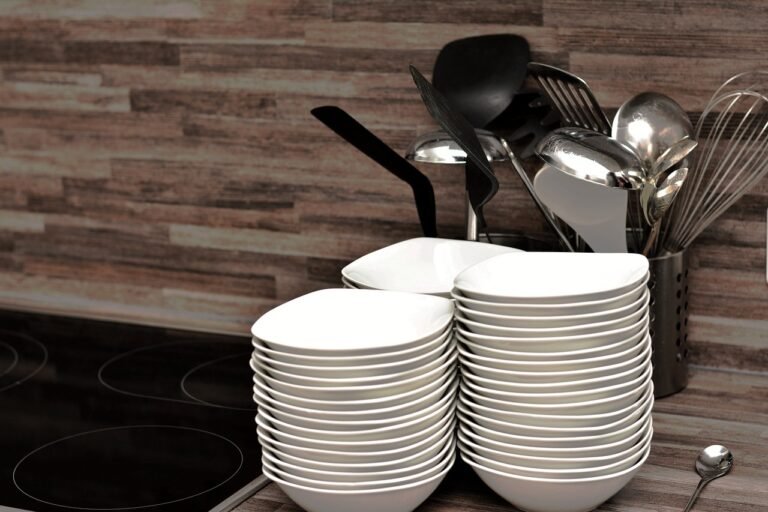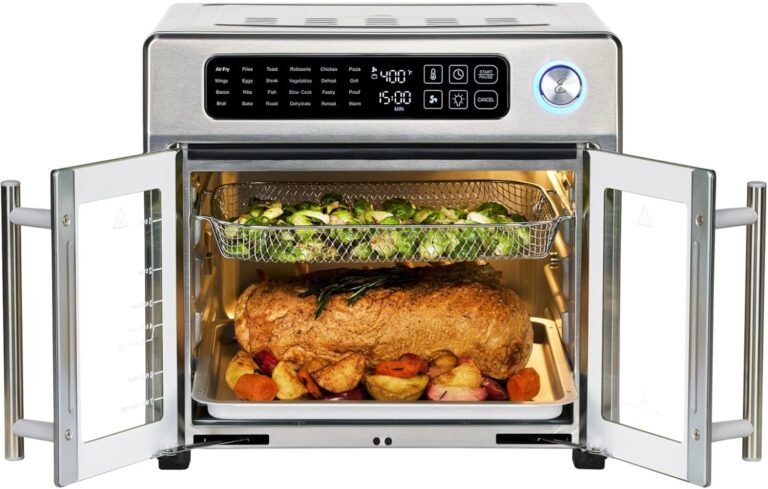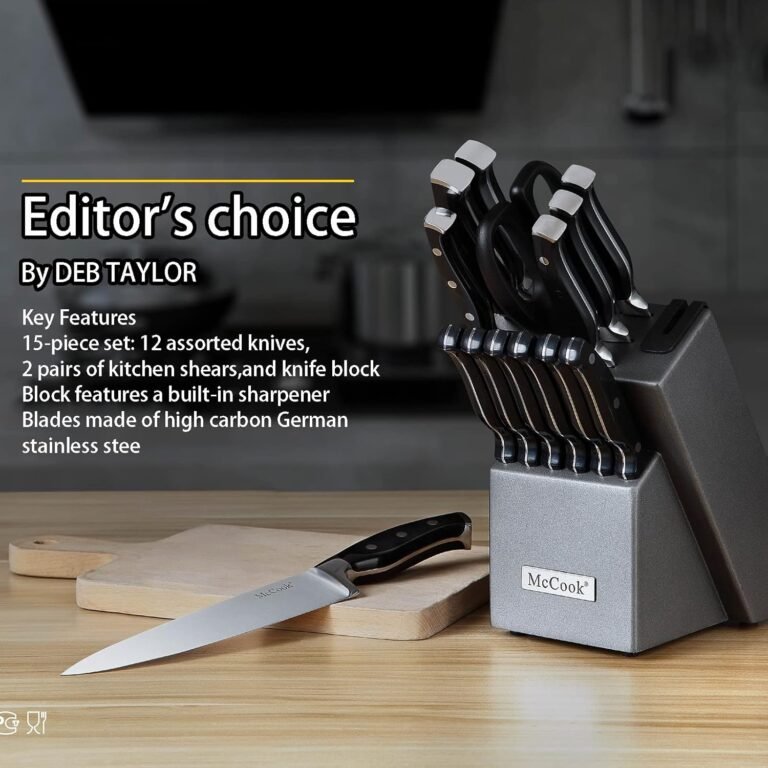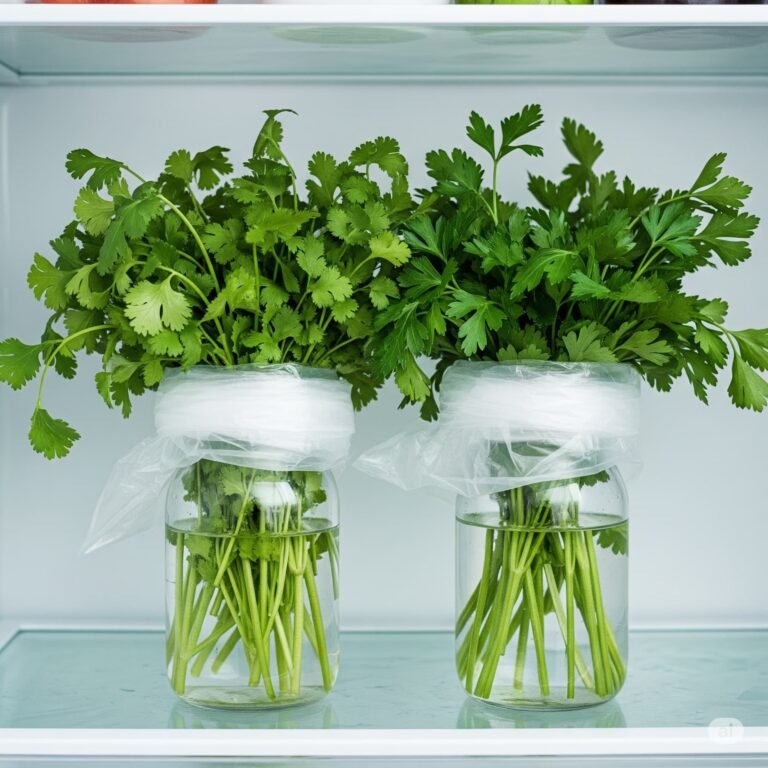The Essential Guide to Cooking Times for Beginners
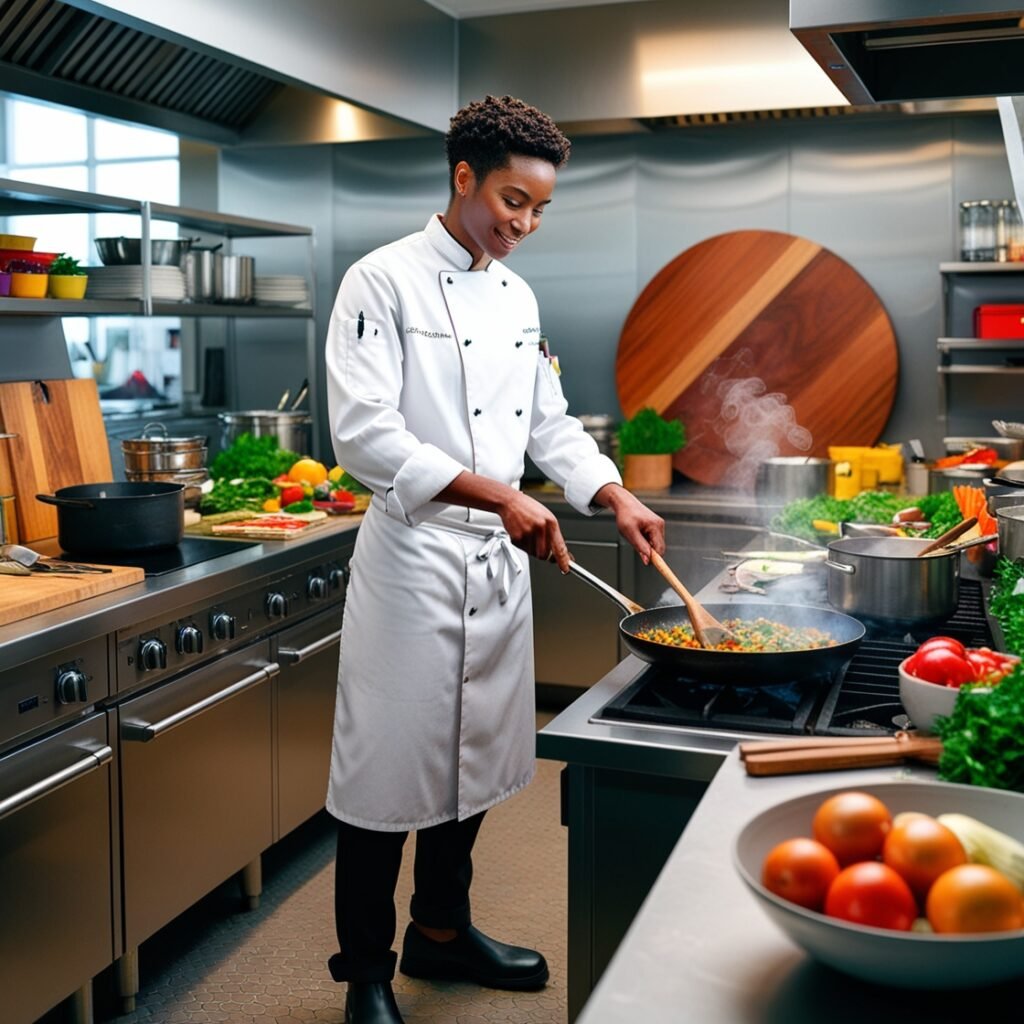
Understanding Cooking Times: Why They Matter
Cooking times are a fundamental aspect of culinary practice, influencing not only the taste and presentation of meals but also their safety and nutritional value. Proper cooking times ensure that food is cooked to the right temperature to eliminate harmful bacteria, thus safeguarding against foodborne illnesses. Each ingredient has its own optimal cooking duration, which is crucial for achieving the desired texture and flavor. For instance, meats such as chicken and pork require precise temperatures to be deemed safe for consumption, typically around 165°F, while vegetables often benefit from shorter cooking times to preserve their crispness and vibrant colors.
Moreover, understanding the importance of cooking times extends beyond safety; it also deals with retaining nutrients. Overcooking can lead to significant nutrient loss, particularly in vegetables that are sensitive to heat. In contrast, undercooking can compromise not just safety but also the intended flavor profiles of dishes. For instance, undercooked pasta may result in an unpalatable texture, while overcooked pasta may become mushy and unappetizing. Therefore, adhering to appropriate cooking times is essential for both safety and culinary satisfaction.
To assist beginners in mastering cooking times, certain tools can be invaluable. Digital timers are excellent for tracking cooking durations with precision, while cooking thermometers are essential for ensuring that meats reach the desired internal temperature. These tools can greatly enhance the cooking experience, especially for those new to the culinary world. By effectively monitoring cooking times through these means, beginners can significantly improve their cooking outcomes, ultimately leading to safer and more enjoyable meals. Mastering the intricacies of cooking times is, therefore, a vital skill that lays the foundation for culinary success.
Essential Cooking Times for Common Ingredients
Understanding the optimal cooking times for various ingredients is crucial for achieving impressive culinary results, especially for beginners. Below is a curated chart featuring common ingredients, their respective cooking methods, and recommended cooking times. This information assists novice cooks in mastering the basics and ensuring successful meal preparation.
Vegetables: Cooking times for vegetables vary based on the method used. For boiling, carrots typically require 8-10 minutes, while broccoli can cook in approximately 5-7 minutes. Steaming is another popular method, allowing vegetables to retain nutrients. Asparagus takes about 3-5 minutes to steam. For sautéing, bell peppers and zucchinis can be cooked in 5-7 minutes. Adding spices and herbs during cooking can enhance the flavors significantly.
Meats: Different types of meats necessitate specific cooking times and methods. Chicken thighs, when baked at 375°F, generally need about 40-45 minutes until they reach an internal temperature of 165°F. Ground beef should be cooked until it is browned (approximately 8-10 minutes on the stovetop). For grilling, steaks should be cooked 4-5 minutes on each side for medium-rare, ensuring an internal temperature of 145°F.
Grains: Cooking grains also varies by type. For white rice, a cooking time of 18-20 minutes is standard, while quinoa typically requires 15 minutes. Using a measuring cup, novice cooks can ensure they use the correct water-to-grain ratio, which is essential for achieving the right texture.
In addition to these cooking times, having essential kitchen utensils such as timers, measuring cups, and meat thermometers can enhance the cooking process significantly. A kitchen timer ensures that ingredients are cooked properly without risking overcooking. A meat thermometer is indispensable for checking the doneness of meats accurately.
Adjusting Cooking Times: Tips for Different Methods
Cooking times can vary significantly depending on the chosen method and the equipment utilized. Understanding these variations is essential for beginners looking to enhance their culinary skills. Conventional ovens, for instance, typically require longer cooking times, often ranging from 20 to 60 minutes, based on temperature and the size of the dish. On the other hand, when using a slow cooker, meals can take anywhere from 4 to 10 hours, allowing for a more gradual cooking process that melds flavors beautifully.
Pressure cookers, which have surged in popularity, greatly reduce cooking times by trapping steam and increasing pressure. A dish that might take an hour in an oven could often be completed in just 15 to 30 minutes with a pressure cooker. This swift method is particularly advantageous for stews, grains, and tougher cuts of meat, ensuring they become tender without hours of cooking.
Furthermore, adjusting cooking times also hinges on the size and cut of your ingredients. For example, larger cuts of meat require lengthier cooking times, while smaller pieces cook more swiftly. To facilitate even cooking, it is advisable to ensure uniform size when chopping vegetables or meats. Employing a meat thermometer can also assist beginners in determining doneness, especially for poultry and larger cuts.
For ease of cooking time adjustments, utilizing multi-cookers can be highly effective. These versatile appliances combine various methods—pressure cooking, slow cooking, sautéing, and steaming—offering flexibility depending on the dish you’re preparing. Additionally, cooking charts, often found in cookbooks or online, can serve as invaluable resources, providing specific cooking times tailored to different methods and ingredient types. These tools are essential for mastering cooking time adjustments, enhancing a beginner’s confidence in the kitchen.
Practical Cooking Tips for Time Efficiency
Cooking can be an enjoyable and fulfilling experience, especially for beginners eager to enhance their skills. However, mastering time management in the kitchen is essential to avoid unnecessary stress and ensure successful meal preparation. One of the first strategies to consider is the importance of prep work. Taking the time to chop vegetables, measure ingredients, and organize utensils before starting to cook can significantly cut down cooking time. This prep phase allows you to focus on the actual cooking without distractions.
Multitasking is another effective approach in the kitchen. While one component of the meal is cooking, such as sautéing vegetables, beginners can take advantage of those few moments by preparing another dish or side. For instance, boiling pasta or baking a quick bread can be done simultaneously, allowing for a more cohesive cooking experience. Moreover, understanding when to start cooking different meal components is crucial to ensure all parts are ready to serve simultaneously.
Like any skill, cooking surpasses mere technique; it requires patience and keen observation. New cooks should learn to rely on visual cues for assessing the doneness of food. For instance, recognizing when meat has reached the right color or understanding how the texture of vegetables changes can guide their cooking decisions significantly. This practice builds confidence and aids in time management since they become more attuned to the cooking process.
Additionally, investing in beginner-friendly kitchen gadgets can streamline meal preparation. Simple tools such as chopping boards that provide stability and easy-to-read timers can enhance efficiency. A timer is particularly essential for beginners to keep track of cooking durations. With these practical tips, novice cooks can navigate the kitchen more effectively while developing their culinary skills.
